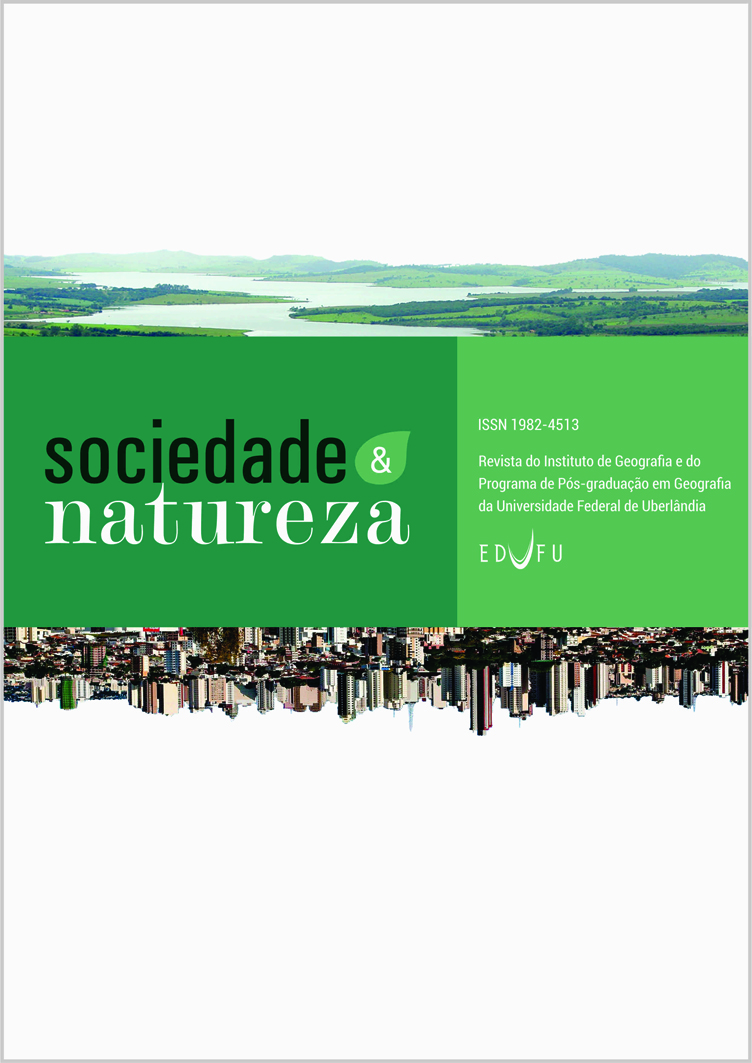Abstract
The negative social and environmental impacts of the super large-scale building ventures in Brazil are retributed through seven kinds of environmental compensation. A highlight of these is Environmental Compensation - set forth in Federal Statute nº. 9.985/2000 (SNUC), Article 36, intended for conservation units. An analysis about environmental compensation of large-scale enterprises in the state of Amazonas is presented in this particular article of the statute, done with exploratory surveying. It was discovered that the first Environmental Compensation in Amazonas is based on the former CONAMA Resolution nº. 10/1987, applied to the Balbina electric power plant. After ten years of SNUC, R$ 23.341.294,65 was raised and direct enforcement was done by the venture in the sum of R$ 216.466,63. The Environmental Compensations originated from the Energy sector, including 19 conservation units. Around 24,36% of the Environmental Compensations has been applied in building infrastructure and aquiring equipment and consumer goods. There are 15 enterprises using Environmental Compensation yet to be carried out. The conclusion is that technical, legal, and political factors limit environmental licensing affecting the Environmental Compensation which effectively need regulations and a more vigorous social control and transparency.Authors hold the Copyright for articles published in this journal, and the journal holds the right for first publication. Because they appear in a public access journal, articles are licensed under Creative Commons Attribution (BY), which permits unrestricted use, distribution, and reproduction in any medium, provided the original work is properly cited.
Downloads
Download data is not yet available.

